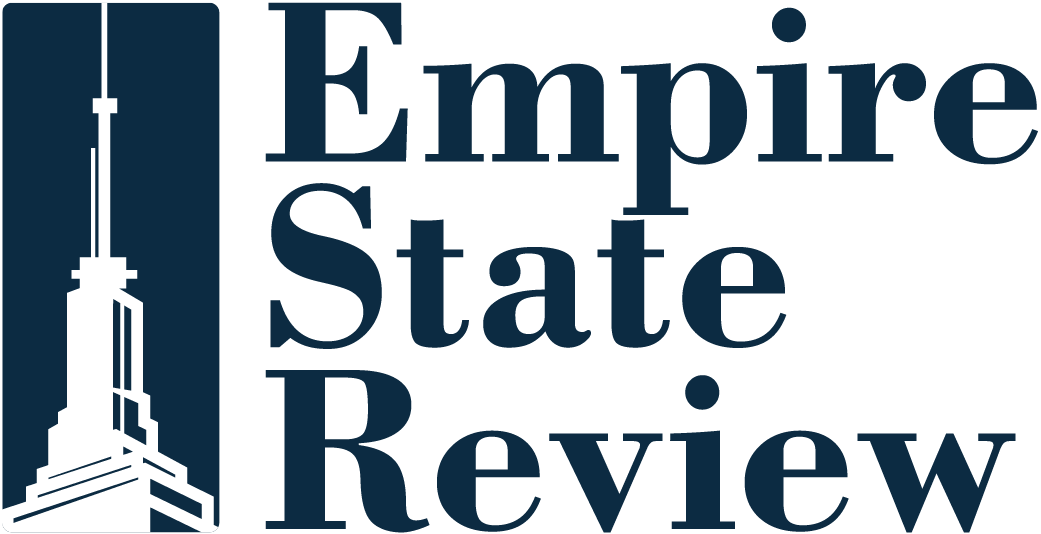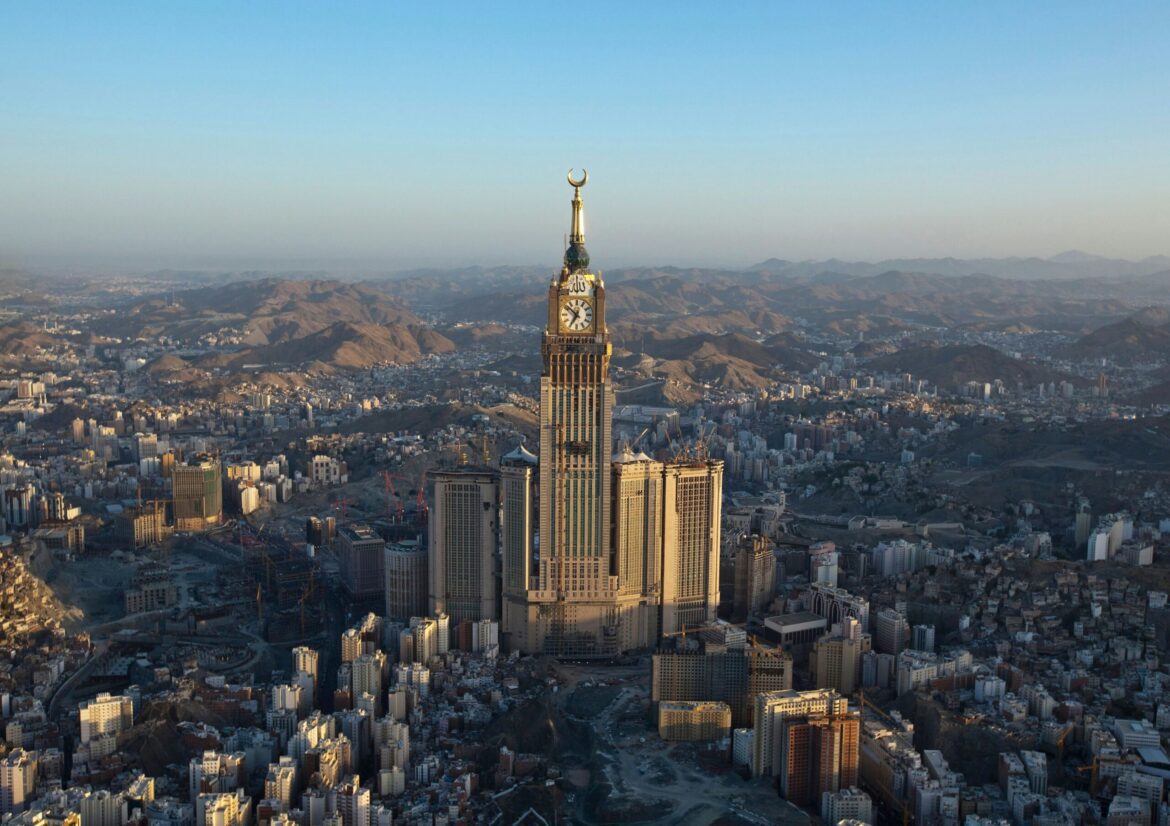The Empire State Building’s famed observatory has reported a dip in visitor numbers and revenue in early 2025—a development that’s raising broader questions about the fragility of New York City’s tourism recovery and its readiness for global shifts in travel behavior.
Empire State Realty Trust (ESRT), which owns and manages the Art Deco landmark, disclosed a 5.8% decline in observatory revenue during the first quarter of 2025. The downturn was triggered by an 11.8% drop in foot traffic, with just over 820,000 visitors during the period compared to 930,000 the year before.
A Barometer for Urban Tourism Health
Often viewed as a bellwether for Midtown Manhattan’s tourism sector, the Empire State Building’s observatory performance serves as more than just a balance sheet item—it reflects the health of the city’s visitor economy. When attendance at such a high-profile attraction stalls, it signals potential turbulence across the ecosystem of hotels, restaurants, souvenir vendors, and transportation services.
Industry experts are watching the development closely. “The Empire State Building isn’t just a tourist destination—it’s a tourism indicator,” said Elizabeth Stern, a hospitality consultant with Urban Compass Strategies. “A slowdown there can ripple out across the entire Midtown hospitality economy.”
Challenging Quarter or Trend in the Making?
While ESRT attributed the slowdown to seasonal weather disruptions and global economic uncertainty, some analysts are cautioning against assuming the softness is purely short-term. The tourism landscape has changed markedly since 2020, with shifts in traveler expectations, group travel logistics, and international market accessibility.
“Post-COVID tourism isn’t just about reopening; it’s about redefining,” said Dr. Karen Li, a professor of tourism economics at NYU. “Attractions that previously saw reliable numbers from international tours, school trips, and cruise groups are now facing more fragmented demand and competition from more immersive, tech-driven experiences.”
Economic Forces at Play
Compounding the challenge is a strengthening U.S. dollar, which has made travel to American cities more expensive for Europeans and South Americans—traditionally key source markets for New York City tourism.
Additionally, inflationary pressures have influenced consumer behavior. With rising costs of airfare and lodging, tourists are increasingly prioritizing multi-sensory experiences or package deals that deliver more perceived value, which may put traditional observation decks at a disadvantage unless bundled with complementary offerings.
ESRT, to its credit, has acknowledged the need to evolve. The company has recently invested in dynamic pricing models, updated exhibits featuring digital history and city views, and themed seasonal events to attract locals and repeat visitors.
Midtown Manhattan: Struggling for Relevance?
The Empire State Building is not the only Midtown attraction facing headwinds. Top of the Rock and One Vanderbilt’s SUMMIT observatory have also seen fluctuations in visitor data, suggesting that broader foot traffic patterns in the district may be shifting.
Some urban planners suggest the area must diversify its appeal beyond legacy skyscrapers. “Midtown needs to think about how to blend modern cultural programming, art, and street-level vibrancy with its historic attractions,” noted urban strategist Sofia Naranjo. “The observatory is incredible, but it can’t be the only draw.”
A Wake-Up Call, Not a Crisis
While the numbers raise concern, they don’t necessarily spell disaster. Observatories like the Empire State Building’s remain among the top-rated experiences on major platforms like TripAdvisor and Google. Tourist satisfaction remains high, and the attraction’s immersive upgrades in recent years—such as redesigned viewing galleries and digital exhibits—have been praised.
The shortfall, then, may offer a strategic pause rather than a red flag—a chance for New York’s tourism stakeholders to realign with emerging global trends and traveler expectations.
Image suggestion: A wide-angle shot of the Empire State Building from street level, with smaller groups of tourists in winter clothing—capturing a sense of seasonal stillness.

